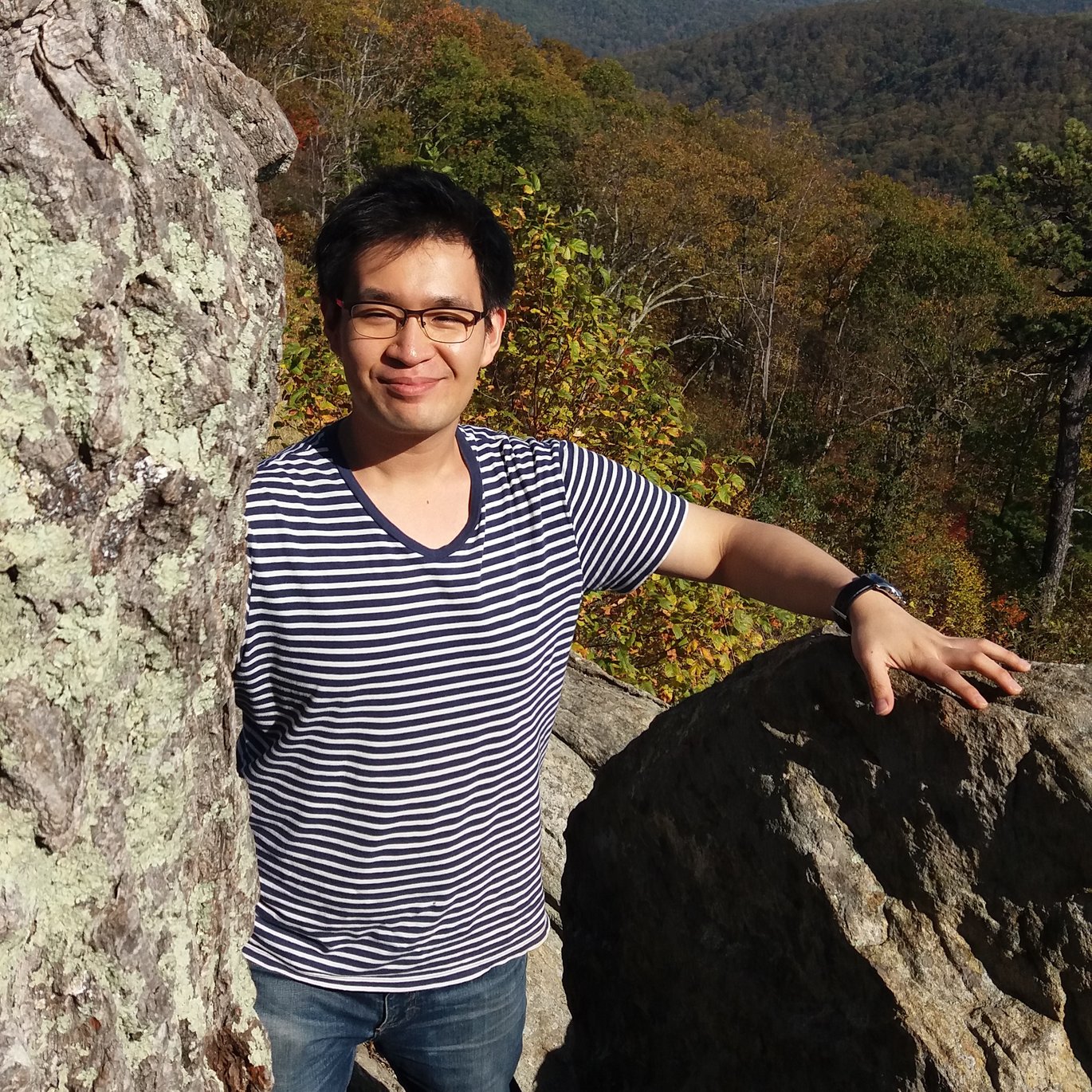Incoming group leader, Thomas Kim, wants to represent a new generation of scientists
Studying the neurons in a chicken eye as an undergraduate student, led Thomas Kim down the road of basic science and research in cell development. In his toolbox, he brings new research technologies. Technologies that may unravel missing links in the molecular research field and find new therapeutic approaches to diseases like Alzheimer’s and Parkinson’s. Now he is about to create a team who wants to join him in his efforts - while also having fun at the same time.

Eighty-five billion glial cells exist in the human brain. They are key cells in the central nervous system acting as vital support to the neurons and maintaining homeostasis in the brain. These specific cells have been the center of attention in Thomas Kim’s research since his Ph.D. Now he stands at the beginning of a new journey as a group leader at DANDRITE, ready to set foot as an independent researcher. An insatiable curiosity and urge to discover new connections are his driving force:
“I have always been fascinated by identifying new things. In basic science, there are still a lot of things that have not been discovered. We are not following textbooks we are trying to find information, that can go into textbooks. I just really like discovering things – that is how I got into this field,” Thomas Kim explains from his office in the US. He has just finished his Postdoc at Johns Hopkins University studying the glial cells and their function in neurodegenerative disorders like Alzheimer’s and Parkinson’s.
Thomas Kim particularly highlights two types of glial cells that have gained increased attention in recent years: microglia and astrocytes. Evidence has emerged from experimental models of glial communication that microglia and astrocytes influence and coordinate each other and their effects on the health and disease of the brain environment. The breakdown of this communication may be an important mechanism in neurodegenerative disorders. The unanswered question is how?
Unravel missing links with new technology
Up until now, the study of glial communication has primarily focused on the final stages of cellular development/disease, still leaving a fundamental lack of understanding of the molecular mechanisms driving the changes in those cells across neurodevelopment and neurodegeneration.
Thomas Kim is on a mission to change that:
“The study of glial cell development has been going on for many years. But with the development of new research tools, we can really start to address very strong questions we have not been able to for many years and learn about the missing links when it comes to the development and behavior of microglia cells,” Thomas Kim explains.
The new research tools, that he refers to, are Multiomics. It uses multiple approaches to understand a single problem layering various omics on top of each other to bring a multidimensional view of human biology. Multiomics gives biological context to disease-causing genetic variants when studying genetic diseases and makes it possible to analyze complex biological big data into novel pathways and biomarkers.
According to Thomas Kim, data science is revolutionizing the field of neuroscience and developmental biology, and it has been a huge breakthrough in his way of doing science:
“With data science, we can create a more sensible hypothesis, we can target, and I think essentially, we will reduce unnecessary time and money. Of course, the hypothesis we create with data science has to be validated but it will speed up the process of doing so”.
Leading excellent science through collaboration and fun
On the 1st of March 2023, Thomas Kim will take on a new role as group leader, building on the foundation laid by his postdoctoral research. A role he meets with both humbleness and high ambitions, fully aware of the responsibility that comes with the title. Part of his preparations includes leadership courses and thoughts on what type of leader he would like to be and how he hopes to guide new talents:
“Especially the younger scientists who are trying to reach the next step of their career. I know the struggles that they will face, and it is my responsibility as a group leader to design the project and to be able to guide them in their success. I would like us to walk as a team”.
To him, the collaborative aspect is a driving force and a prerequisite for doing excellent science and he especially highlights the strong interdisciplinary landscape as one of the primary reasons for coming to DANDRITE and Aarhus University. When asked the question about what he brings to a team, he emphasizes representing a new generation of research leaders:
“I try to be upfront in the research technologies, so you could say that I am in a weird generation, that is using data science while also being experienced in the wet lab. Also, I want to do good science, but I really want to have fun at the same time. To me science is fun.”
Right now, he is looking for lab technicians and scientists at all levels that would like to join him in his efforts for the next five years. Becoming a part of Thomas Kim’s lab means joining an ambitious plan for potentially changing the therapeutic approaches of neurodegenerative diseases:
“I guess my research program is quite ambitious, but I think that even a basic biologist like myself could potentially contribute to the future therapeutic approaches – that is probably the take-home message from my end,” he concludes.
- Wants to join Thomas Kim and his team? Job postings for PhDs, Postdocs, and Lab Technicians are coming up
